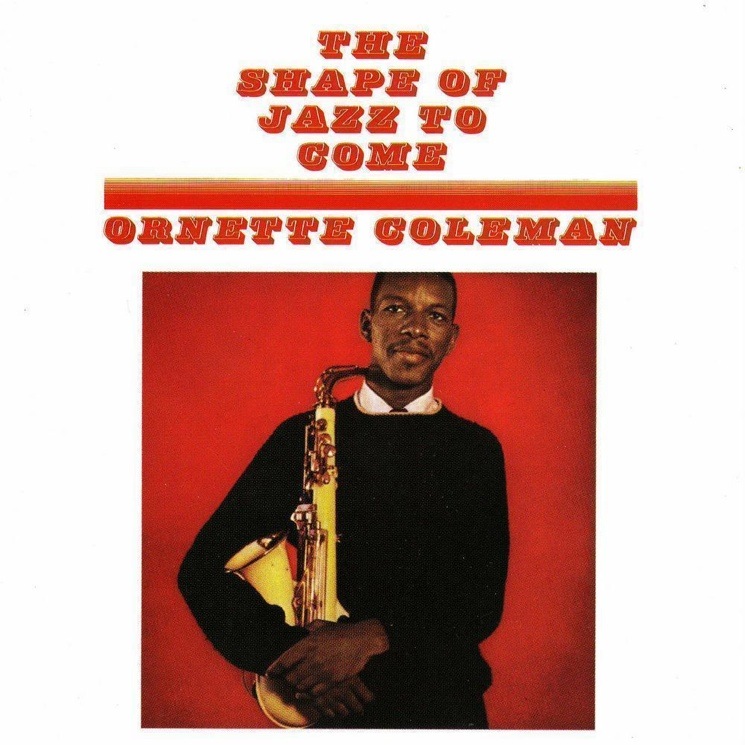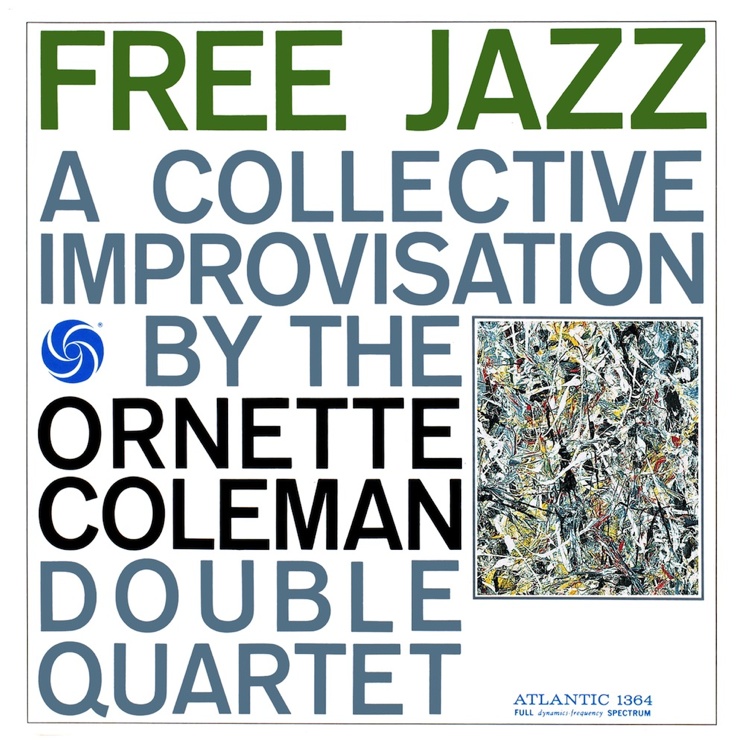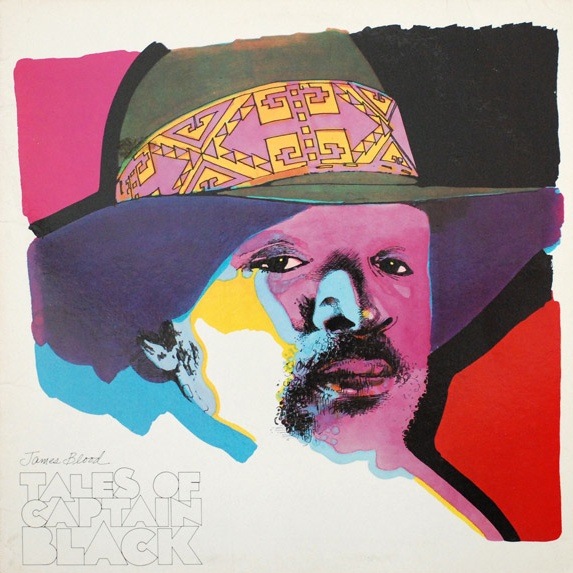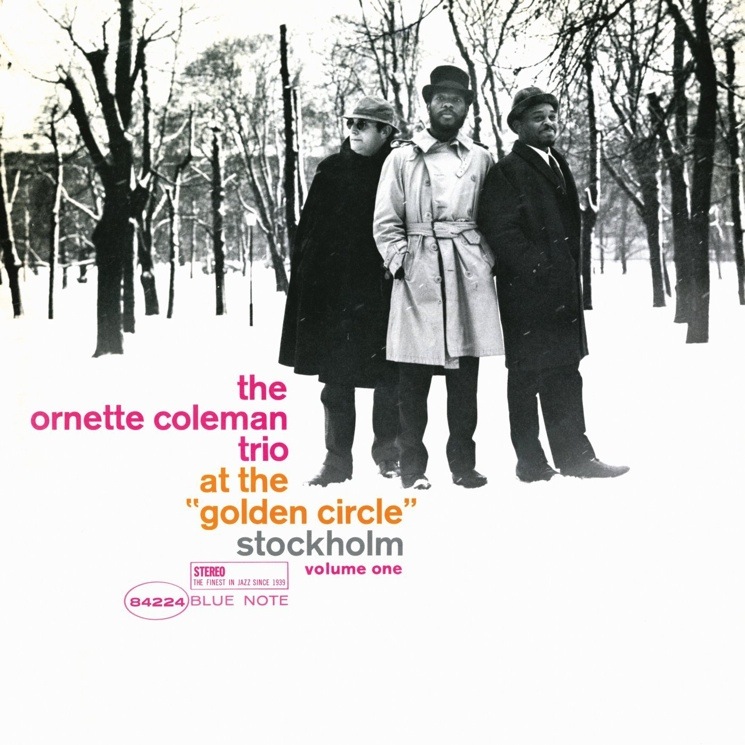How does one measure a lasting impact on music? Someone whose influence lasts a decade or even a generation? What does "an impact on music" really mean, anyway? Can any single person really change humanity's musical direction? There's a one word answer to all these questions: Ornette.
Recently deceased saxophonist/violinist/trumpeter/composer Ornette Coleman is a musician whose work may well be felt for centuries. Carl Wilson, writing for Slate, proposed a very compelling reason: "It's said that James Brown's great innovation, one drawn deeply from African-American musical tradition, was that every instrument in a band could be a drum. Likewise, Coleman saw that every instrument in a band could be a human voice." Over 50 years, Ornette's ensembles were brilliant conversationalists, and therein is the entry point for neophytes.
When he first upset the jazz world at the end of the 1950s, critics dismissed Ornette's unconventional, unpredictable work as simply unmusical. In retrospect, his first records sound positively sweet and soulful. His melodic sense is simultaneously optimistic and melancholy, bluesy without being moored to blues structures. As he recorded further, Ornette remained an unmistakeable lead voice but sought to develop his Harmolodic theory to encourage balance between every bandmate's melodic, harmonic and rhythmic ideas to create great conversations.
For all the universalism of the music and outlook, Ornette and his art are unmistakeably rooted in the black American experience. He was outspoken about the limitations placed on the scope of black art and demanded to be treated, compensated and celebrated as fairly as any other master musician. Though not cosmically oriented like Sun Ra or as dense and funky as Miles Davis's fusion, Ornette's particular style of Afrofuturism became one of the most influential musical forces in New York in the late '70s and early '80s, spawning a wide range of no wave, post punk and avant-funk music. Those ripples keep moving outward into the world, mutating into new forms as they cross oceans, cultures and instrumental techniques.
As a listener, it's best to start at the beginning before moving into more esoteric, but just as brilliant recordings.
1. The Shape Of Jazz To Come
(1959)

The first of several definitive records for Atlantic, a label boasting a lineup of jazz modernists like Charles Mingus and John Coltrane, this is the archetypal sound of the original Coleman quartet. Billy Higgins, Don Cherry, Charlie Haden and Ornette developed their rapport for years, and their communication here is in full stride. "Lonely Woman," one of a small handful of Ornette standards, is the standout here, with aching saxophone and trumpet giving substance to the title.
2. Free Jazz
(1961)

A milestone. Of these five picks, this one might be the most difficult to actually embrace, as the double quartet — one in each stereo channel — leaps into the unknown. This isn't 100 percent freely improvised, as small composed sections divide the interplay into sections, but the music is still very much in the moment. By my reckoning, it takes about 15 minutes for things to really get cooking. Sax and clarinet start fluttering and the arrhythmic drums create a stirring fusion. There is much great individual soloing, especially by special guest Eric Dolphy.
3. Science Fiction
(1972)

Ten years after Free Jazz, Coleman's initial cadre of co-conspirators had moved on and he had vacillated between major labels and independent projects with new players. Science Fiction finds him clicking with old cohorts Haden, Higgins and Ed Blackwell, but also with key new contributors Dewey Redman and vocalist Asha Puthli, with whom he recorded the haunting "What Reason Could I Give." This record's aggression and electricity foreshadowed the next phase of his career.
4. Tales Of Captain Black by James Blood Ulmer
(1978)

With his new band Prime Time recording in 1975, Ornette created an electric double quartet dedicated to his evolving theory of harmolodics. One of the band's first guitarists, James Blood Ulmer, opened up an entirely new approach to blues and rock ideas based on Ornette's theories. On Ulmer's second album, recorded for Ornette's Artists House label, Coleman returns to the quartet format, albeit as a sideman to Ulmer's trans-Hendrix thrashing and Jamalaadeen Tacuma's future-funky bass. This is some of the most unhinged rock-based music ever recorded, with Ornette's son Denardo's primal, untutored drums a highlight. This is one of the key New York records of the late '70s. As for Coleman's own music of the period, Body Meta is the yin to this yang.
5. In All Languages
(1988)

This double album on the short-lived Caravan of Dreams label reunited the original quartet on the first disc, and furthered Prime Time's space funk on the second. With each unit taking on largely the same repertoire, the differences in approach are striking. The subtlety and expanse in the veteran players' readings is ploughed under by the mutant robot funk of this version of Prime Time, which is particularly full of period-specific sound effects and extra poppin' bass.
What's Next?

You can't go wrong with all his records from 1958 to 1961 on Atlantic. Highlights of the '60s include Live at the Golden Circle and Chappaqua Suite, which picks up where Free Jazz left off. In the '70s, Coleman recorded a massive work with the London Symphony Orchestra, Skies of America, and also with Morocco's Master Musicians of Jajouka on Dancing In Your Head (later used in David Cronenberg's film adaptation of Naked Lunch). Ornette's Prime Time released some exceptional funk on Of Human Feelings and Opening the Caravan of Dreams, while his duet record with Charlie Haden (Soapsuds, Soapsuds) is as mellow as he ever got. Later highlights include the still-funky Tone Dialing and his last major work, the Pulitzer Prize-winning Sound Grammar. Bonus disc: John Zorn's Spy Vs Spy is a speed metal/jazz tribute to Ornette's happy but heavy melodies.
There's not much to avoid, even if ten-year-old Denardo's playing on 1966's The Empty Foxhole doesn't meet your standards. If anything, though, avoid his last record New Vocabulary, as there is a legal battle brewing to determine whether it should have been released.
Recently deceased saxophonist/violinist/trumpeter/composer Ornette Coleman is a musician whose work may well be felt for centuries. Carl Wilson, writing for Slate, proposed a very compelling reason: "It's said that James Brown's great innovation, one drawn deeply from African-American musical tradition, was that every instrument in a band could be a drum. Likewise, Coleman saw that every instrument in a band could be a human voice." Over 50 years, Ornette's ensembles were brilliant conversationalists, and therein is the entry point for neophytes.
When he first upset the jazz world at the end of the 1950s, critics dismissed Ornette's unconventional, unpredictable work as simply unmusical. In retrospect, his first records sound positively sweet and soulful. His melodic sense is simultaneously optimistic and melancholy, bluesy without being moored to blues structures. As he recorded further, Ornette remained an unmistakeable lead voice but sought to develop his Harmolodic theory to encourage balance between every bandmate's melodic, harmonic and rhythmic ideas to create great conversations.
For all the universalism of the music and outlook, Ornette and his art are unmistakeably rooted in the black American experience. He was outspoken about the limitations placed on the scope of black art and demanded to be treated, compensated and celebrated as fairly as any other master musician. Though not cosmically oriented like Sun Ra or as dense and funky as Miles Davis's fusion, Ornette's particular style of Afrofuturism became one of the most influential musical forces in New York in the late '70s and early '80s, spawning a wide range of no wave, post punk and avant-funk music. Those ripples keep moving outward into the world, mutating into new forms as they cross oceans, cultures and instrumental techniques.
As a listener, it's best to start at the beginning before moving into more esoteric, but just as brilliant recordings.
1. The Shape Of Jazz To Come
(1959)

The first of several definitive records for Atlantic, a label boasting a lineup of jazz modernists like Charles Mingus and John Coltrane, this is the archetypal sound of the original Coleman quartet. Billy Higgins, Don Cherry, Charlie Haden and Ornette developed their rapport for years, and their communication here is in full stride. "Lonely Woman," one of a small handful of Ornette standards, is the standout here, with aching saxophone and trumpet giving substance to the title.
2. Free Jazz
(1961)

A milestone. Of these five picks, this one might be the most difficult to actually embrace, as the double quartet — one in each stereo channel — leaps into the unknown. This isn't 100 percent freely improvised, as small composed sections divide the interplay into sections, but the music is still very much in the moment. By my reckoning, it takes about 15 minutes for things to really get cooking. Sax and clarinet start fluttering and the arrhythmic drums create a stirring fusion. There is much great individual soloing, especially by special guest Eric Dolphy.
3. Science Fiction
(1972)

Ten years after Free Jazz, Coleman's initial cadre of co-conspirators had moved on and he had vacillated between major labels and independent projects with new players. Science Fiction finds him clicking with old cohorts Haden, Higgins and Ed Blackwell, but also with key new contributors Dewey Redman and vocalist Asha Puthli, with whom he recorded the haunting "What Reason Could I Give." This record's aggression and electricity foreshadowed the next phase of his career.
4. Tales Of Captain Black by James Blood Ulmer
(1978)

With his new band Prime Time recording in 1975, Ornette created an electric double quartet dedicated to his evolving theory of harmolodics. One of the band's first guitarists, James Blood Ulmer, opened up an entirely new approach to blues and rock ideas based on Ornette's theories. On Ulmer's second album, recorded for Ornette's Artists House label, Coleman returns to the quartet format, albeit as a sideman to Ulmer's trans-Hendrix thrashing and Jamalaadeen Tacuma's future-funky bass. This is some of the most unhinged rock-based music ever recorded, with Ornette's son Denardo's primal, untutored drums a highlight. This is one of the key New York records of the late '70s. As for Coleman's own music of the period, Body Meta is the yin to this yang.
5. In All Languages
(1988)

This double album on the short-lived Caravan of Dreams label reunited the original quartet on the first disc, and furthered Prime Time's space funk on the second. With each unit taking on largely the same repertoire, the differences in approach are striking. The subtlety and expanse in the veteran players' readings is ploughed under by the mutant robot funk of this version of Prime Time, which is particularly full of period-specific sound effects and extra poppin' bass.
What's Next?

You can't go wrong with all his records from 1958 to 1961 on Atlantic. Highlights of the '60s include Live at the Golden Circle and Chappaqua Suite, which picks up where Free Jazz left off. In the '70s, Coleman recorded a massive work with the London Symphony Orchestra, Skies of America, and also with Morocco's Master Musicians of Jajouka on Dancing In Your Head (later used in David Cronenberg's film adaptation of Naked Lunch). Ornette's Prime Time released some exceptional funk on Of Human Feelings and Opening the Caravan of Dreams, while his duet record with Charlie Haden (Soapsuds, Soapsuds) is as mellow as he ever got. Later highlights include the still-funky Tone Dialing and his last major work, the Pulitzer Prize-winning Sound Grammar. Bonus disc: John Zorn's Spy Vs Spy is a speed metal/jazz tribute to Ornette's happy but heavy melodies.
There's not much to avoid, even if ten-year-old Denardo's playing on 1966's The Empty Foxhole doesn't meet your standards. If anything, though, avoid his last record New Vocabulary, as there is a legal battle brewing to determine whether it should have been released.
